Straight Facts on Pre-emergents
I’m being asked several times daily about pre-emergent applications – types and timing.
It started clear back in January, fully seven weeks before the proper time for the person who was asking – he was from DFW. And, it has continued on almost without break ever since.
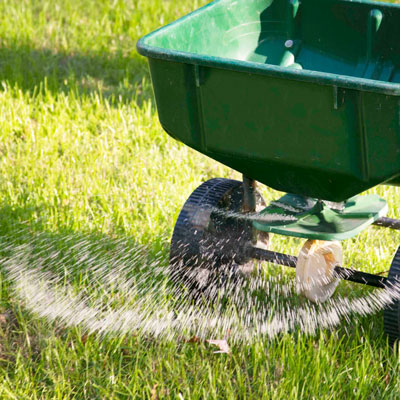
Pre-emergent granules, if needed, should be applied sometime in the next several weeks. See rest of story for details.
Here are the things you’ll need to remember, all laid out in order that hopefully will help make them more understandable. Feel free to print this and save it.
Consider these facts…
• Pre-emergent means before the weed emerges. In other words, before it germinates.
• This is only referring to annual weeds (those that complete their life cycles in one growing season), not those that return from their roots.
• There are two main categories of annual weeds. “Cool-season” weeds germinate in early fall and do all of their growing while the weather is cool. “Warm-season” weeds germinate in the spring and do all of their growing in late spring, summer and into the fall.
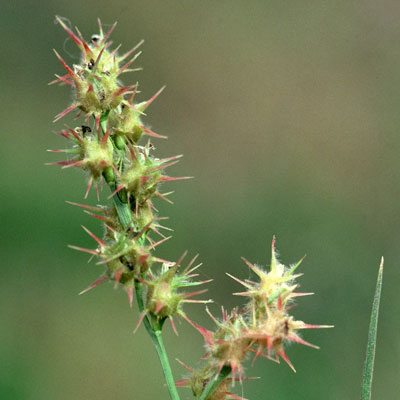
Grassburs
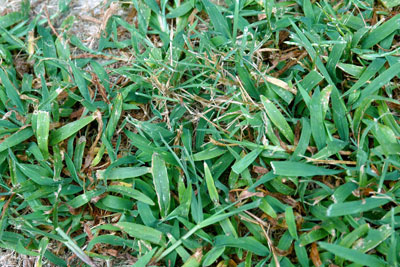
Crabgrass
• First application to stop warm-season weeds (primarily crabgrass and grassburs): two weeks prior to the average date of your last killing freeze in your area. See map from Page 3 of Neil Sperry’s Lone Star Gardening.
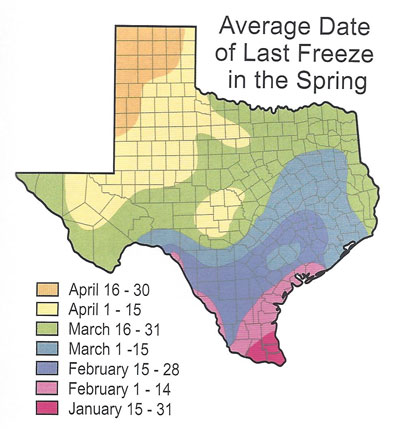
From p. 3, Lone Star Gardening. Find your county, then determine your last freeze date.
• Follow-up application to stop warm-season weeds (primarily crabgrass and grassburs): 90 days after the first application. This “booster shot” is absolutely essential. Pre-emergent products are effective for approximately 100 days, but our Texas growing season is much longer than that. Without the second treatment you will get a late germination of many weed seeds. Note that this second treatment is useless if you neglected to make the first application in a timely manner.
• Application to prevent cool-season weeds of winter and early spring: Must be made last week of August or first week of September pretty much all across Texas. Just the one treatment is needed, but timing is critical.
• To prevent annual grassy weeds such as crabgrass and grassburs (both warm-season) and annual bluegrass, rescuegrass and ryegrass (cool-season): Dimension, Halts or Balan granules.
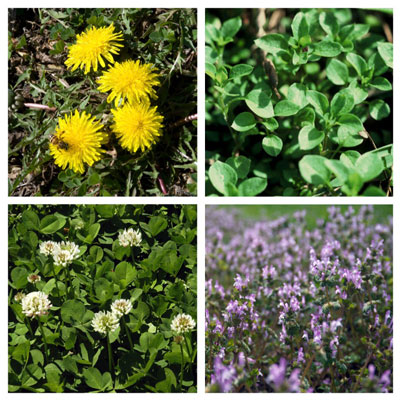
Winter broadleafed weeds, clockwise from upper left. Dandelions, chickweed, henbit, clover.
• To prevent annual broadleafed weeds such as henbit, chickweed and clover (primarily cool-season): Gallery granules.
Note: You do not get a second chance to control grassy weeds. There is no herbicide that will give post-emergent control of a weed grass within turfgrass without harming the turf. However, with broadleafed weeds, if you do get germination of some weeds after applying the pre-emergent, you can spray with a 2,4-D type broadleafed weedkiller spray.
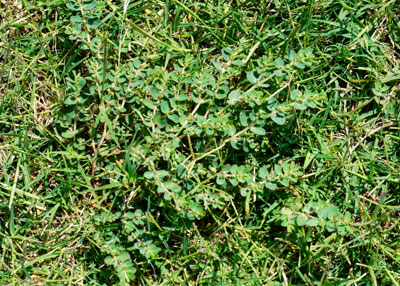
Spurge is a low-growing summer and fall weed that is easily controlled with a broadleafed weedkiller spray containing 2,4-D. It can also be prevented with application of Gallery pre-emergent granules in spring and early summer (see timing for grassburs), but that is much more expensive. Keeping your turf healthy and vigorous and mowing it regularly will usually let it crowd this weed out.
Finally a word about “weed-and-feed” products. They can be very risky, enough so that I have chosen not to advertise for them. The herbicide Atrazine is a common ingredient in products intended for use on St. Augustine, and it can do serious damage to trees.
Add to that the fact that you often do not need to “feed” at the same time that you “weed” and add to that the fact that you may not need to “weed” your entire lawn anyway.
It’s my opinion that for the small extra effort, it’s really worth it just to make an extra pass or two over the lawn at the appropriate times to apply additional products.
